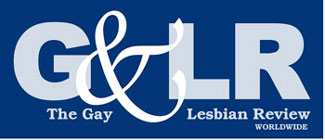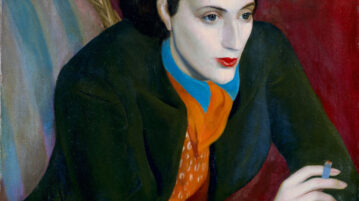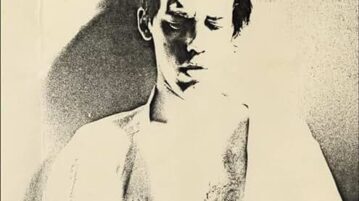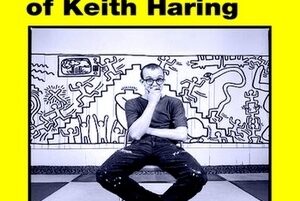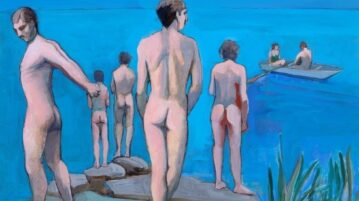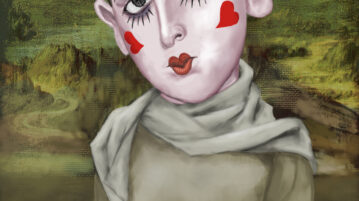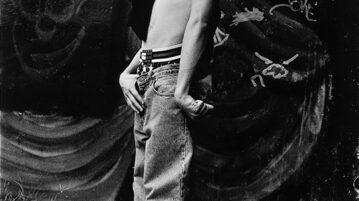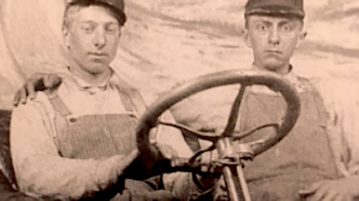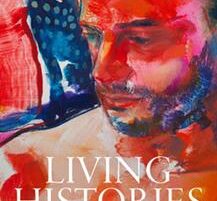
Short Reviews
Reviews of the books Hollywood Pride: A Celebration of LGBTQ+ Representation and Perseverance in Film<,em>, Dinner on Monster Island: Essays, A Short History of Trans Misogyny, On Bette Midler: An Opinionated Guide, Imperative to Spare, One Soul We Divided: A Critical Edition of the Diary of Michael Field, and XXX, and the exhibit George Platt Lynes at Work: The Gary Haller Collection
More
